Mirrors are more than just tools for checking your reflection. They`re powerful elements in interior design. From enhancing natural light to creating the illusion of space. Mirror decor ideas can dramatically transform your home’s aesthetic. In this article, discover 55 innovative ways to incorporate mirrors into your decor, adding depth, elegance, and functionality to every room.
What are they for?
At first glance, this is a strange question. After all, everyone knows why. But in addition to the main function – to show our reflection – mirrors have other functions.
- Hide everything unnecessary. Extra projections, columns, incorrect room configuration, storage areas – all this can be successfully hidden behind reflective surfaces. They allow you to “correct” the geometry of the space without additional construction work.
- Make the small space spacious. This is a well-known trick: hang a reflector or even several in a narrow, cramped room. Such canvases visually expand the space, as if “pushing” the walls apart.
- Add light and air. If you hang a mirror opposite or next to a sconce or table lamp, the light will be reflected. The same applies to ceiling chandeliers. By the same principle, you can place a reflective sheet in relation to the window so that daylight is reflected and diffused. However, if you trust Feng Shui, you should not do this. In the East, they believe that a reflector opposite a window repels luck.
- Simply make it beautiful. A mirror can also act as an independent decorative element. For example, for an accent wall in the living room or above the headboard of the bed.
Types of mirrors
The choice today is capable of striking any imagination. Both adherents of the classics, and lovers of practical Scandi, and supporters of brutal loft, and admirers of laconic minimalism will find their options.
By location
- Mounted. This is the most popular ordinary mirror on the wall in the interior, and a reflective surface as part of the furniture (for example, on the door or facade of the cabinet), and a canvas fixed to the door. There are many options for how to use hanging structures. The main advantage is that they do not take up extra space in the room. Such canvases are suitable even for very small rooms.
- Floor standing. These are usually more massive products. Most often, they are made as tall as a person. A large mirror will look good in the interior of a spacious bedroom or hallway – it is convenient to take a look at yourself from head to toe before leaving. Floor models can be supplemented with special legs, supports. Or they can simply lean against the wall. In any case, such a canvas needs quite a lot of space.
- Tabletop. Compact, miniature tabletop items are more of a decorative element. More often than not, they perform an exclusively aesthetic function. They are placed on shelves, chests of drawers, consoles, and pedestals.
By form
Let’s highlight several types.
- Rectangular and square. One of the most popular traditional options. A universal solution that will suit any interior style. Rectangular canvases, located vertically, visually stretch the space upwards. And if you unfold the canvas and hang it horizontally, the room will seem longer or wider, depending on the placement.
- Round and oval. Such forms have become very popular in recent years. This is also due to the general fashion for streamlined, smooth forms in the interior. Circles and ovals add a sense of measuredness and some relaxation, coziness to the space.
- Arched. Arch-shaped products, especially with glazing, can often be seen today among popular bloggers. The fashion for arches in the interior returned a couple of years ago. Designers began to actively use this form in the layout of premises, furniture, decorative structures, and finishing.
- Non-standard shapes. This is a way out if you want something different from everyone else. What do manufacturers and designers offer? For example, asymmetrical, curved, “broken” products. In a wooden frame, such options look especially interesting, reminiscent of irregular, natural forms. Canvases of a “cut” shape, as if incomplete, look unusual and impressive. For example, in the form of half or a quarter of a circle.
What’s hot: design and extras
Frames
Of course, the main decoration is the frame. It is what forms the character, sets the style, the mood.
It is impossible to say for sure which frames are in fashion today and which are not. But you definitely won’t go wrong if you choose a simple, laconic one like a wooden frame. This model will suit any interior style. Wooden frames are now one of the most popular. And specifically strict ones, without additional decorations, natural wood color, with a matte texture.
For several years now, other natural materials have been in demand in framing. The trend towards eco-friendliness is in action. Stylish frames made from bamboo, vines, dried flowers and herbs, and jute. Such options look good in Scandi, Japandi, Wabi-Sabi, Eco and Rustic, and Modern styles.
They do not lose their relevancemetal frames. And not only minimalistic ones. For example, in the loft style, a massive product in a carved, ornate metal frame will look interesting and unusual. Metal frames in the shape of sun rays are still popular.
Another material that is often used to make frames these days isleather and its substitutes. Such models look a little rough, but this is their peculiarity.
Backlight
The soft, diffused lighting around the perimeter of the shiny surface looks spectacular and mesmerizing. It seems as if the canvas is not fixed to the wall, but is floating freely in the air.
This feeling can be achieved thanks to the LED strip attached to the back. The color of the backlight can be any today. Such options look especially good against dark surfaces. By the way, they are used not only in bathrooms, but also, for example, in hallways.
Another interesting move is the retro lighting in the form of small lamps on the outside of the frame. This design is reminiscent of a movie star’s dressing room and adds a touch of chic to the space.
Divided glazing
Divided glazing is something you often see on old windows with wooden frames. Or on classic wooden doors with glass.
These are wooden slats that divide the glass surface into squares and create a beautiful, symmetrical layout. Mirrors with glass partitions are usually wall or table mirrors. In terms of their function, this is, to a greater extent, a decorative element.
Panels and compositions
Mirrors in a modern interior are folded into a panel.
Today you can find special panels made of several fragments, which are prepared in advance for decorating surfaces. They come in the form of squares and rectangles, rhombuses, hexagons, circles. You can also assemble an original panel from separate canvases yourself. For example, wall moldings are used as frames . Then the mirrors resemble paintings. The main thing is that the reflection matches.
Mirrors in the interior of different rooms: examples and photos
Living room
Here, reflective surfaces play, first of all, a decorative function. For example, they can be used to decorate one of the walls. In full or in the form of a panel, or as a separate decorative element in an unusual frame. If there is a fireplace in the house, the traditional solution would be to place a mirror above the fireplace. If the living room is designed in the classical, neoclassical, or art deco style, glossy, reflective elements can be used in the design of furniture. For example, as small fragments of facades.
Kitchen and dining room
The wall panel can be easily placed in the dining area. It will create a festive mood and reflect the light.
Reflective surfaces can often be found in kitchen furniture design. For example, they decorate the back walls of wall cabinets with glass doors, sideboards and display cabinets. They beautifully reflect the shine of glass, crystal and porcelain dishes.
Bedroom
Mirrors in the bedroom interior will be appropriate both hanging and floor. The former often decorate the wall behind the headboard. The latter are placed in a well-lit place.
If there is little free space, but you want a full-length canvas, you can attach it to the inside of the closet door. Or, conversely, to the facade. The only thing is that it is not recommended to hang or place the reflector directly opposite the bed. Due to such a location of the reflective surface, a person may experience discomfort.
Mirror in the hallway: ideas and photos in interiors
If space allows, it is advisable to place a full-height wall or floor model. It is good if it is equipped with additional lighting.
Or you can order an entrance door, the inside of which will be decorated with a mirror. If the hallway is spacious, you can cover the entire wall from floor to ceiling or a fragment of it.
For the hallway, it is better to choose a model in a simple, laconic, moisture- and dirt-resistant frame. After all, this is a place where dust from the street often gets in. This means that the product will have to be washed quite often.
Bathroom
A mirror in a bathroom interior is often complemented with built-in lighting. In this case, it is important to choose a model specifically for damp rooms, with a high moisture protection index.
You can also place wall or hanging lamps on the sides of it. Place a bouquet of dried flowers or a few branches in a simple vase or glass nearby.
If you need more storage space, you can hide a wall cabinet behind the shiny surface.
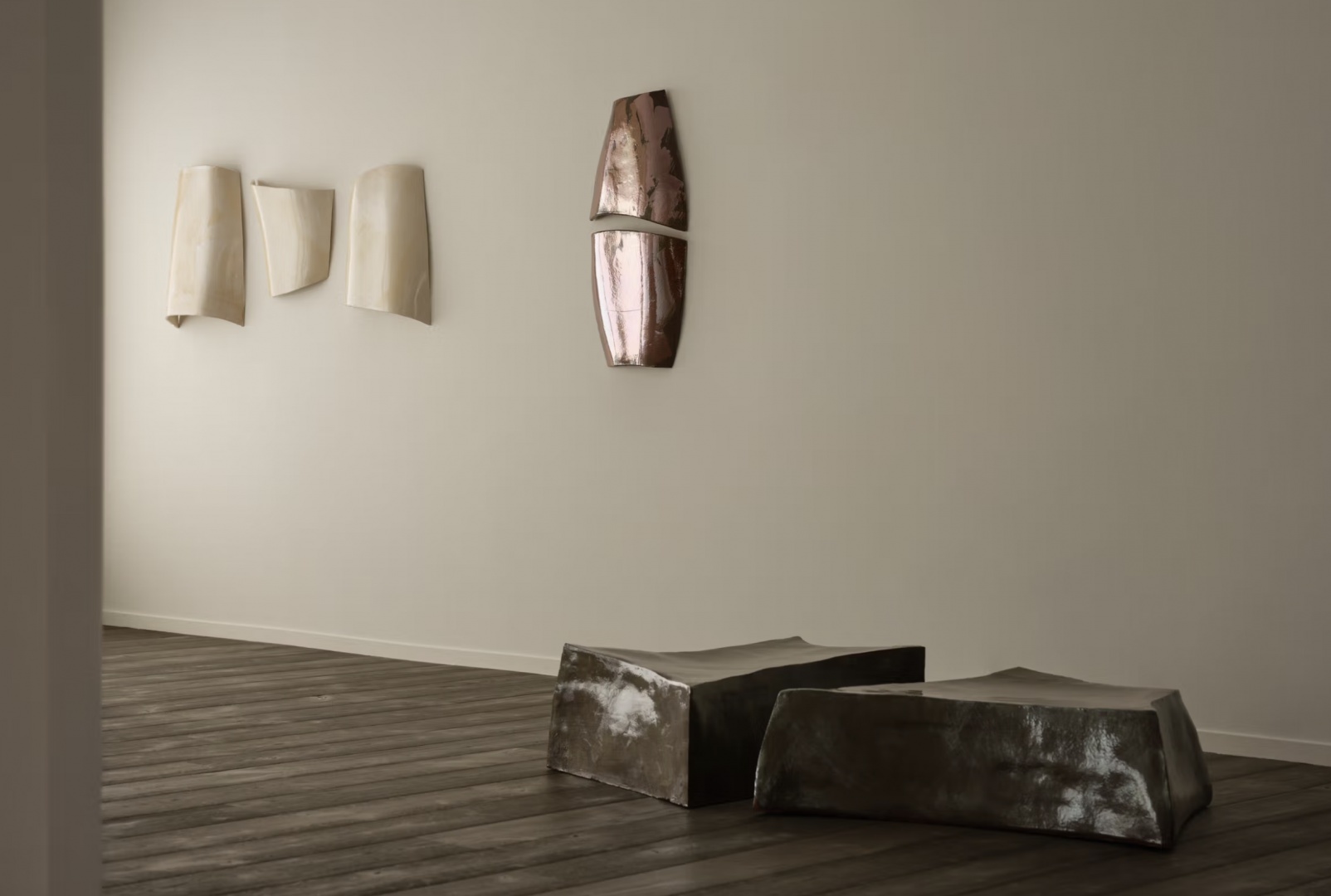





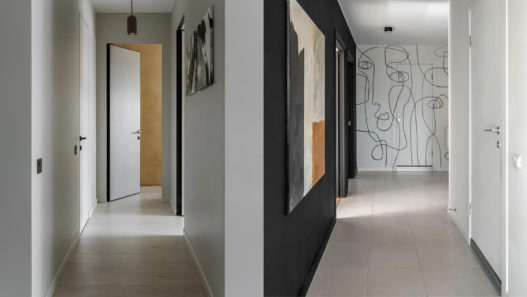


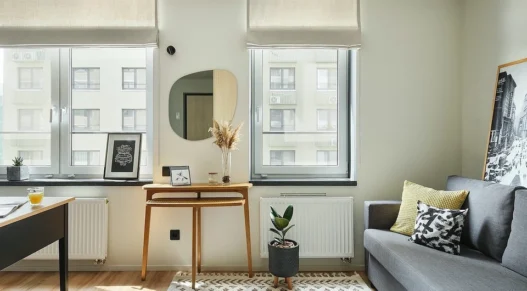
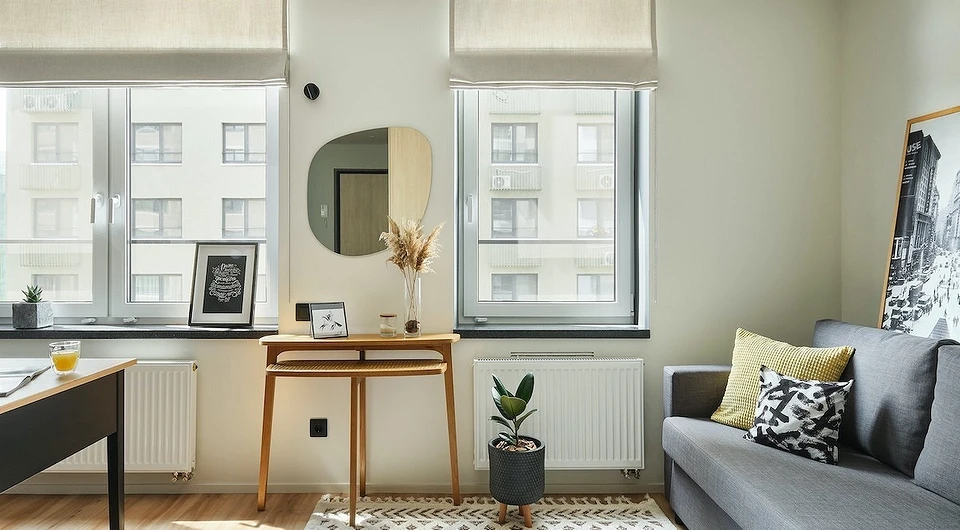




































































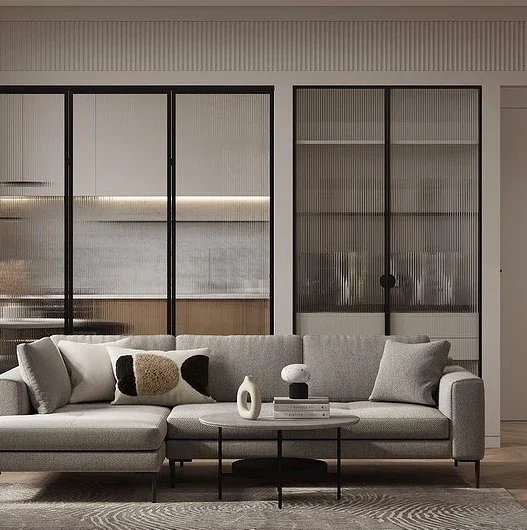




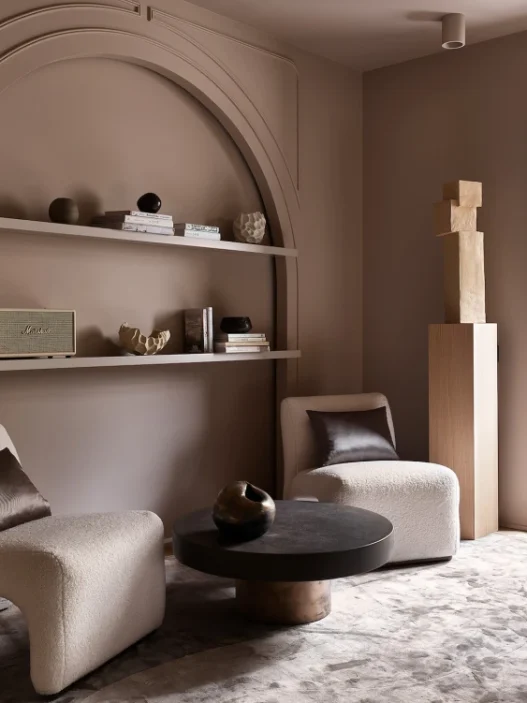

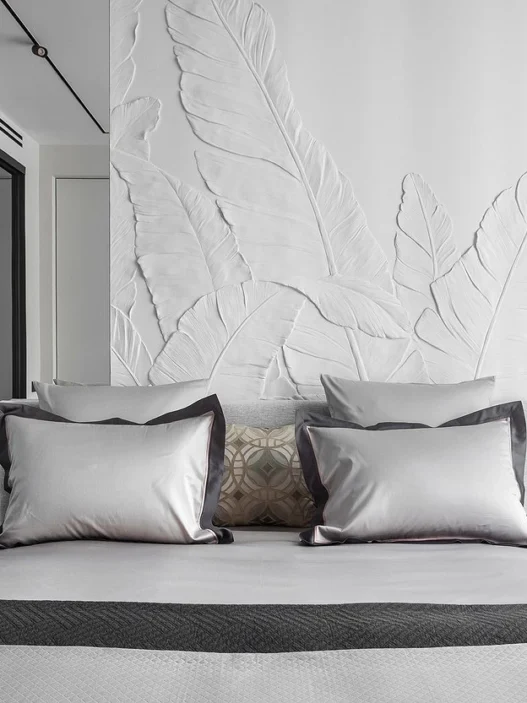
[…] 55 Inspiring Mirror Decor Ideas in Interior […]